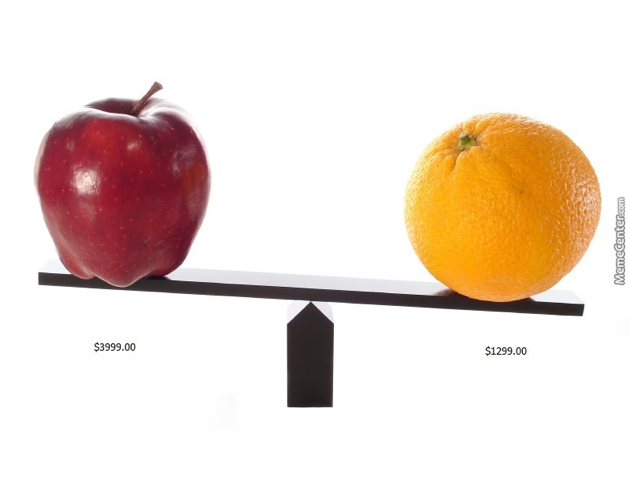By Karina de Souza
 Writing this as I return from my family summer holiday, I am reminded of a trip to Siena, Italy where I visited the Piazza del Campo, home to the famous Palio di Siena horse race. I surveyed the view from a piazza café and in my best Italian ordered two lattes. The waiter returned with… two glasses of hot milk. No espresso in sight. After some exchange, I re-ordered two café lattes and realized if I had simply communicated using the ”universal” description of my drink, rather than the British vernacular, I would have gotten my drinks much sooner!
Writing this as I return from my family summer holiday, I am reminded of a trip to Siena, Italy where I visited the Piazza del Campo, home to the famous Palio di Siena horse race. I surveyed the view from a piazza café and in my best Italian ordered two lattes. The waiter returned with… two glasses of hot milk. No espresso in sight. After some exchange, I re-ordered two café lattes and realized if I had simply communicated using the ”universal” description of my drink, rather than the British vernacular, I would have gotten my drinks much sooner!
In a similar way, leading companies wanting to engage on water issues across their business have discovered significant fragmentation in water terminology and metrics across contexts, stakeholders, and regions. And this has led to some confusion. If you have a group of people sitting around a table comparing the contents of a fruit bowl – say a policy maker, a company, a community member, and a water management authority – if they don’t speak the same language, it may sound like they are describing different fruits. In the water world, this language barrier can lead to frustration and a lack of action on key shared water management issues.
Our Vision
Coming up with a common language to describe water issues is a must if companies and other stakeholders are to engage in meaningful action. As a precursor to this, in 2014 we collaborated on the publication of the UN Global Compact (UNGC) CEO Water Mandate Corporate Water Disclosure Guidelines. A collaborative effort between the Pacific Institute, CDP, World Resources Institute (WRI), and PWC, this report offers a common approach for companies to disclose their water use and report on water issues. This was a great first step, but now companies are demanding that the reporting language barrier be dismantled to create globally consistent water terminology and accounting metrics guidance. This common language for talking about water accounting and metrics would aim to bridge the corporate sector and the public sector, enabling transformative collaborative action towards water security.
Towards this end, the CEO Water Mandate, which the Pacific Institute helps manage, and WRI are partnering in an initiative to develop a common language for water. Our vision is the standardization of the ”building blocks” of water accounting terminology and metrics to create a common water accounting framework for all users, in all contexts and at all scales – from facility to water catchment. This will facilitate more effective apples to apples conversations, enabling collaborative action and helping to achieve improved water outcomes for all. Our aim is not to re-invent the wheel, but to start with a simple enabling framework which builds off existing approaches and terminology and can be built out modular style. We are planning to produce a first version of this guidance by 2021.

We envision that this guidance will contribute to improving water data quality, coverage, and transparency for other areas of society long-term. As part of a broad outreach effort, we will seek to understand how this work might “plug in and play” with other initiatives that aim to make improvements in the areas of public health, food security, natural capital, climate change mitigation and adaptation, and sustainable livelihoods, so that nobody gets left behind.
Get Involved
If you’d like to discuss in more detail how you and your organization can get involved, or to learn more about upcoming events or workshops for this initiative, please contact Dr. Amy Herod at aherod@pacinst.org. Please visit our webpage to sign-up to the Pacific Institute email list for future communications on this initiative.



I think all the description about water comunication will help to understand best the differents issues concerning this subject, that will improbe to take desicion easily and according all the partnership
I think that this is an extremely important initiative – without a standard and consistent way to communicate needs regarding water and share water data, the chance for miscommunication across stakeholder groups is high. Having common metrics across different data sources that are used everywhere will increase accountability and trust and reduce conflict, especially for countries that share water basins. Moreover, standardizing the language around water will allow us to have a more integrated understanding of the global state of water. Sharing a common water language will allow for increased collaboration and improved management of water bodies. May water’s connectivity serve to connect us.